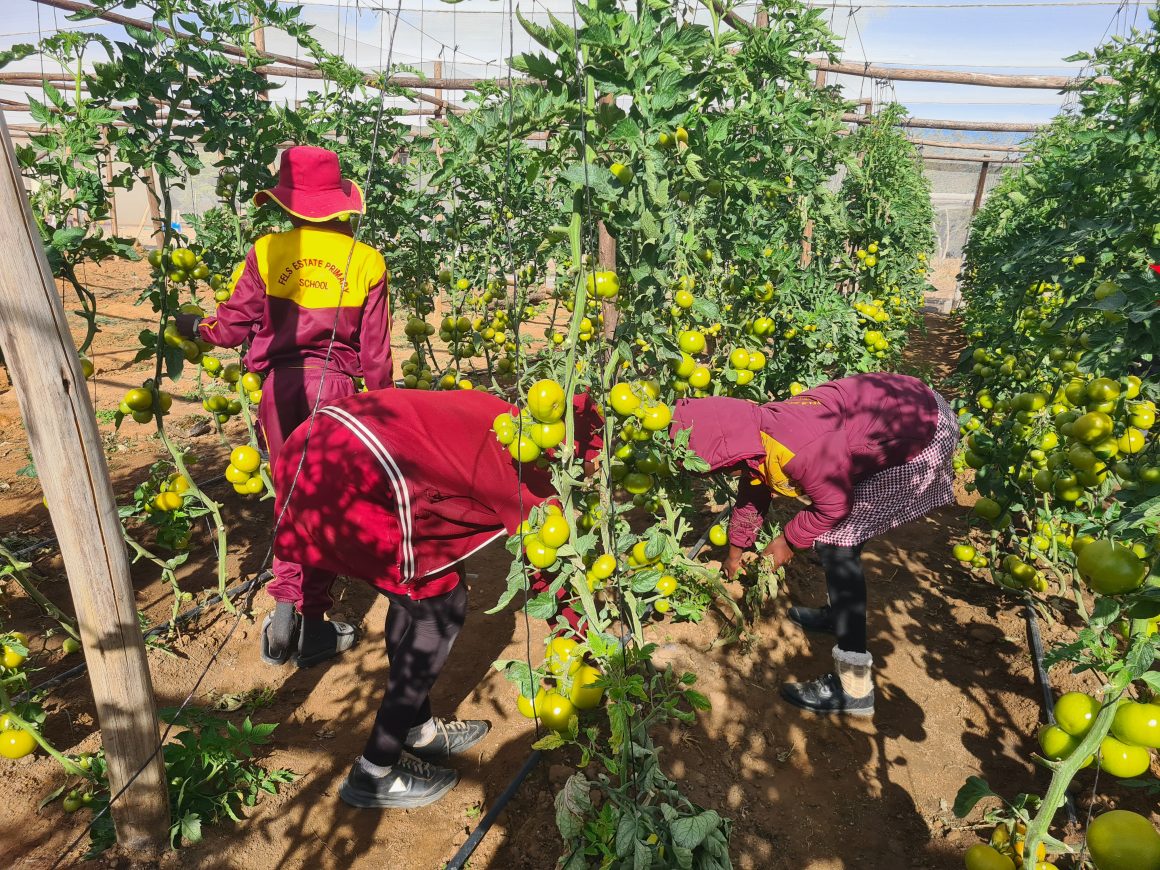Fels Estate Primary School is located in Fels Village, Ward 14, in Hwedza District. For many years, the school faced serious challenges. It did not have enough resources to give learners a good education. Most families in the area survive through farming and cannot afford to pay school fees. This left the school with a very small budget that could only cover a few textbooks and some supplies. There was no money left for improving classrooms or starting new projects.
The school buildings were in poor condition. The classrooms were unplastered, and the school had no tools to teach agriculture in a practical way.
Mr Dhaki, the agriculture teacher, said, “Since this school was built, children have been learning in unplastered classrooms because the school could not afford to renovate.”
The teachers used old learning materials, and many learners did not have access to healthy food. This made it hard for them to focus in class. Without a proper greenhouse, agriculture lessons were only taught in theory, with no real examples to learn from.
In 2024, SOS Children’s Villages, through its Poland-supported project, provided funding to build a greenhouse at the school. The greenhouse, which is 1 500 metres in size, cost nine thousand five hundred United States dollars to complete. This project came at the right time and brought new life to the school. The greenhouse is now helping sixteen learners, nine boys and seven girls, by supporting their education until they finish primary school.
Since the greenhouse was built, the school has changed in many ways. Learners are now able to take part in hands-on agriculture lessons. They are learning how to grow crops and take care of a greenhouse. This has helped improve their knowledge and made lessons more interesting. The crops grown in the greenhouse have also improved the school’s food supply. Learners now have access to more nutritious meals, which helps them learn better.
The school recently harvested tomatoes from the greenhouse and sold them for two hundred and forty-nine United States dollars. With this money, they have started plastering their classroom blocks. This is something they were never able to do before. The teachers and learners are working together to care for the greenhouse and use the profits to improve the school further. Mr Dhaki also shared that the school is now planning to build a septic soak away tank to improve sanitation.
This progress has helped the school become more self-reliant. What started as a small project has now led to big improvements in both education and school facilities. The community is proud of what they have achieved, and there is a new sense of hope among the learners and teachers.
The story of Fels Estate Primary School shows that with the right support, even small rural schools can grow and succeed. Thanks to the support from SOS Children’s Villages and its donors, the school has become a shining example of how education, farming, and community spirit can work together to build a better future.

